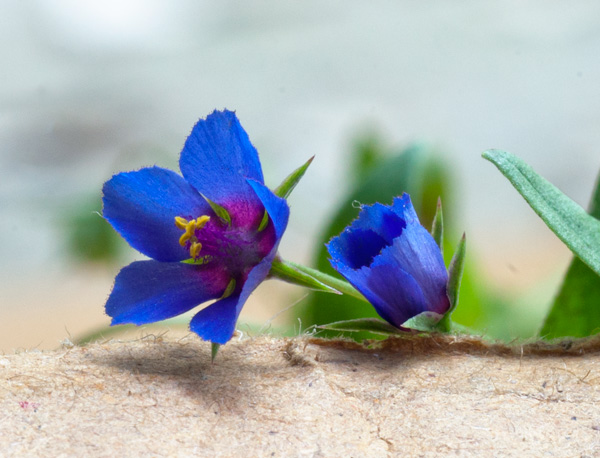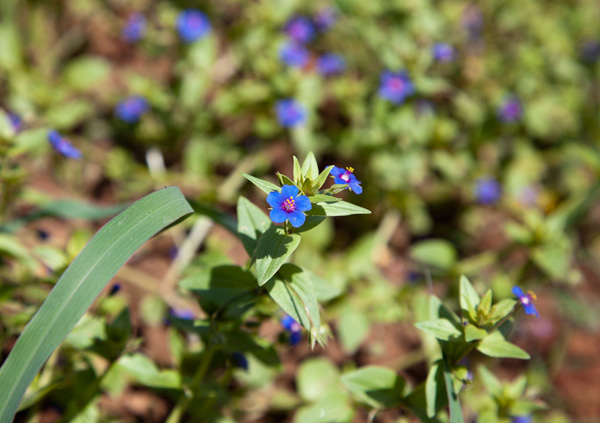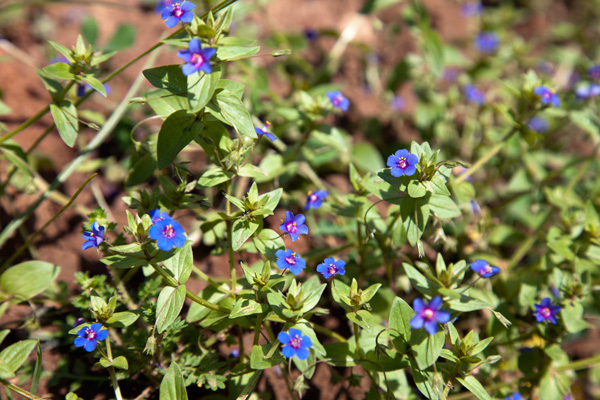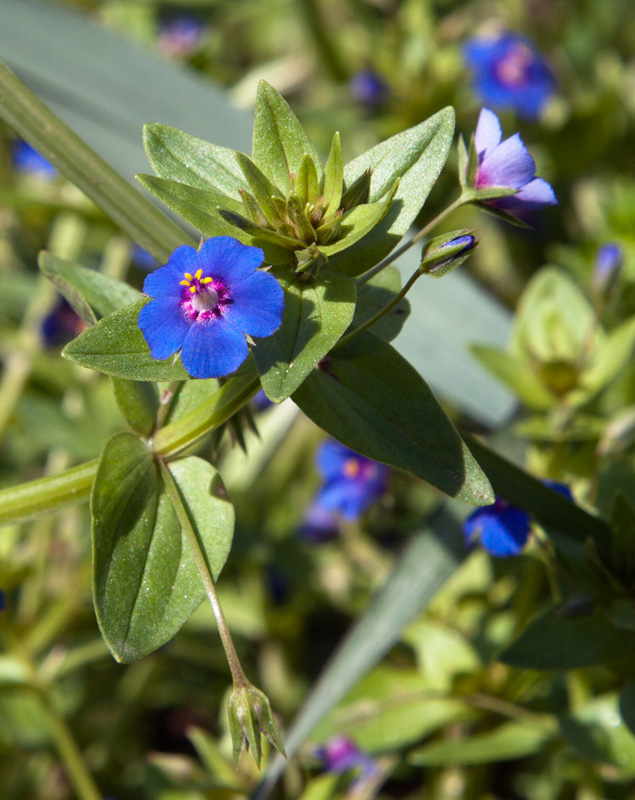Blue Pimpernel ABAPR01/17
Ashwini Bhatia



Ashwini Bhatia


<_MG_0235_13April15.jpg><_MG_0234_13April15.jpg><_MG_0223_13April15.jpg>
J.M. Garg
--
You received this message because you are subscribed to the Google Groups "efloraofindia" group.
To unsubscribe from this group and stop receiving emails from it, send an email to indiantreepi...@googlegroups.com.
To post to this group, send email to indian...@googlegroups.com.
Visit this group at http://groups.google.com/group/indiantreepix.
For more options, visit https://groups.google.com/d/optout.
--
J.M.Garg
'Creating awareness of Indian
Flora & Fauna'
The whole world uses my Image Resource
of more than a thousand
species & eight thousand images of Birds, Butterflies, Plants etc.
(arranged alphabetically & place-wise). You can also use them for free as
per Creative Commons license attached with each image.
For identification, learning, discussion & documentation of Indian Flora, please visit/ join our Efloraofindia Google e-group (largest in the world- more than 2400 members & 2,00,000 messages on 9.9.14) or Efloraofindia website (with a species database of more than 10,000 species & 2,00,000 images). Winner of Wipro-NFS Sparrow Awards 2014 for efloraofindia.
Also author of 'A Photoguide to the Birds of Kolkata & Common Birds of India'.
Ashwini Bhatia



On 24-Apr-2015, at 5:24 pm, J.M. Garg <jmg...@gmail.com> wrote:Keys are available at AnagallisOn 24 April 2015 at 17:15, Ashwini Bhatia <ash...@ashwinibhatia.com> wrote:Thank you Dr Garg. I am not sure if it is Anagallis arvensis ssp. foemina or Lysimachia formina. The following is from my original message on this thread;
"FOI website lists it (or a similar one) as Anagallis arvensis ssp. foemina. Alok Mahendroo ji's excellent nature blog says Anagallis arvensis var. coerulea. Wikipedia cautions not to confuse the blue variation of A. arvensis with A. foemina (or Lysimachia formina) as they are categorised as different species after DNA studies.
I do not have the key to differentiate the two. Please advise.”Warm regards,Ashwini
On 24-Apr-2015, at 2:14 pm, J.M. Garg <jmg...@gmail.com> wrote:
Pl. see Anagallis
On 18 April 2015 at 21:25, Ashwini Bhatia <ash...@ashwinibhatia.com> wrote:
I found a few more plants at Gaggal Airport and am sharing them here to confirm the ID if possible.Gaggal Airport1300m approx18 April 2015Thanks.Ashwini
<_MG_0265_18April15.jpg><_MG_0269_18April15.jpg>
J.M. Garg
Ashwini Bhatia
On 30-Apr-2015, at 4:47 pm, J.M. Garg <jmg...@gmail.com> wrote:
I think you should be right.
---------- Forwarded message ----------
From: Ashwini Bhatia <ash...@ashwinibhatia.com>
Date: 24 April 2015 at 17:51
Subject: Re: [efloraofindia:221413] Re: Blue Pimpernel ABAPR01/17
To: "J.M. Garg" <jmg...@gmail.com>
Cc: efloraofindia <indian...@googlegroups.com>
Thank you very much Dr Garg. I am attaching here more photos to go with the key. Please advise if my understanding is correct;The first sample, petals are longer than sepals and petal edges are minutely hairy like a torn paper.
<_MG_0262_13April15.jpg>
The second sample from a different location shows pedicel longer than leaves.
<_MG_0272_18April15.jpg>Petals are overlapping.<_MG_0272c_18April15.jpg>
surajit koley
- http://www.floravascular.com/index.php?spp=Anagallis%20foemina
- http://www.floravascular.com/index.php?spp=Anagallis%20arvensis
Gurcharan Singh
SGTB Khalsa College, University of Delhi, Delhi-110007
Res: 932 Anand Kunj, Vikas Puri, New Delhi-110018.
Phone: 011-25518297 Mob: 9810359089
Ushadi Micromini
if there are 24 seeds ... what would the poor botany-splitter/classifier do..
--
===========
Ashwini Bhatia

On 30-Apr-2015, at 11:48 pm, surajit koley <surajitno...@gmail.com> wrote:
This is a tough question, to differentiate the two taxa (or is it one?), in spite of eFI having a clear demarcation.Flower character, length of pedicels etc are often overlapping. While sites like http://keyserver.lucidcentral.org/weeds/data/03030800-0b07-490a-8d04-0605030c0f01/media/Html/Anagallis_arvensis.htm or http://flowers2.la.coocan.jp/Myrsinaceae/Anagallis%20arvensis.htm or http://hirc.botanic.hr/fcd/DetaljiFrame.aspx?IdVrste=941 think all is same some other sites like the following links think otherwise -
- http://www.floravascular.com/index.php?spp=Anagallis%20foemina
- http://www.floravascular.com/index.php?spp=Anagallis%20arvensis
I think number of seeds may help - 10 to 23 in foemina and 20 to 35 in arvensis (caerulea L.).Here is KEW herb of foemina - http://apps.kew.org/herbcat/getImage.do?imageBarcode=K000750810.Since pedicels in the attached pics are longer than the subtending leaves, and I prefer to follow FoC it is likely to be A. arvensis L.Thank youRegardssurajit
On Thu, Apr 30, 2015 at 4:47 PM, J.M. Garg <jmg...@gmail.com> wrote:
I think you should be right.
---------- Forwarded message ----------
From: Ashwini Bhatia <ash...@ashwinibhatia.com>
Date: 24 April 2015 at 17:51
Subject: Re: [efloraofindia:221413] Re: Blue Pimpernel ABAPR01/17
To: "J.M. Garg" <jmg...@gmail.com>
Cc: efloraofindia <indian...@googlegroups.com>
Thank you very much Dr Garg. I am attaching here more photos to go with the key. Please advise if my understanding is correct;The first sample, petals are longer than sepals and petal edges are minutely hairy like a torn paper.
<_MG_0262_13April15.jpg>
The second sample from a different location shows pedicel longer than leaves.
<_MG_0272_18April15.jpg>Petals are overlapping.<_MG_0272c_18April15.jpg>
Ashwini Bhatia
<_MG_0262_13April15.jpg>
The second sample from a different location shows pedicel longer than leaves.
<_MG_0272_18April15.jpg>Petals are overlapping.<_MG_0272c_18April15.jpg>
Gurcharan Singh
SGTB Khalsa College, University of Delhi, Delhi-110007
Res: 932 Anand Kunj, Vikas Puri, New Delhi-110018.
Phone: 011-25518297 Mob: 9810359089
Ushadi Micromini
i was underscoring the futility of relying on old literature
===========
Ushadi Micromini
===========
surajit koley
surajit koley
surajit koley
Ushadi Micromini
===========
Ushadi Micromini
"some other sites like the following links think otherwise -
were you able to read or translate them????
all the descriptions?
or did you get an automatic translation somehow..
i cant get them in english!
How would one know what they are talikin gabout?
usha di
===========
surajit koley
surajit koley
Ushadi Micromini
===========
